
Initially aired in Japan on October 5th, 2004, the anime series “Bleach” introduced us to Ichigo, a spirited teenager with bright orange hair who transitioned from an ordinary high school student to a temporary Soul Reaper unexpectedly. Straddling the worlds of the living and the souls, Ichigo’s remarkable voyage as he fulfills his responsibilities while preserving his humanity forms the core of the series. However, “Bleach” offered more than just this captivating narrative. The gritty setting of Karakura Town or the hollow-infested battles in Hueco Mundo provided a rich texture that made it distinctive.
In contrast to the usual light-hearted nature of shonen anime during that period, this series was significantly more serious. Characters like Ichigo, despite his good intentions, didn’t seem overly idealistic or naive – a stark difference from other Shonen heroes such as Naruto and Goku. This unique quality helped Bleach to stand alongside giants like Naruto and One Piece in the shonen genre. As it became popular in the 2000s, dominating the action anime scene, it inspired numerous other shows that brought back memories of when “Number One” was constantly playing through every otaku’s speakers. Now, let’s explore this list of ten must-see anime for Bleach fans.
Jujutsu Kaisen
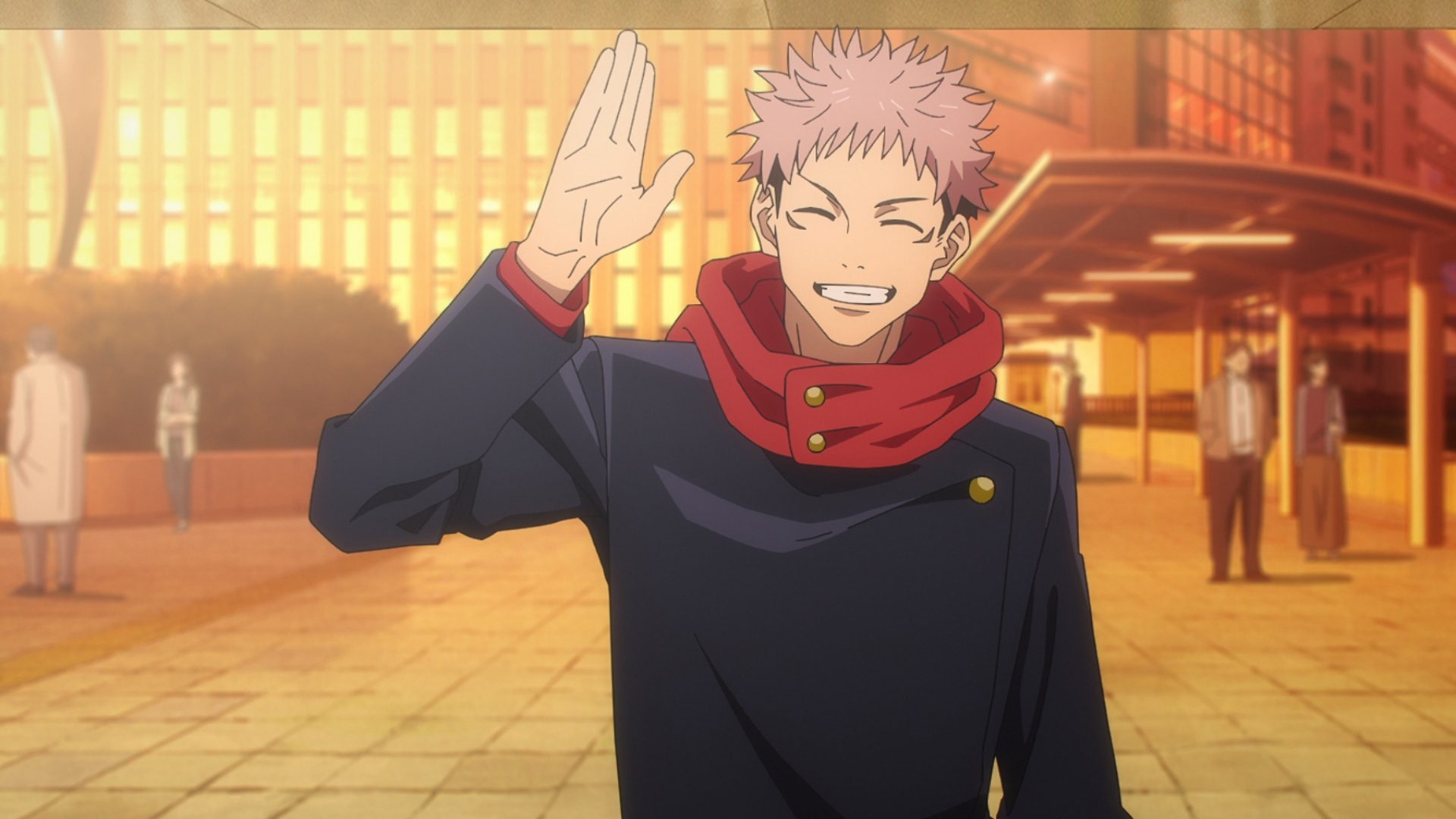
From my perspective, it’s almost like watching two souls entwined when comparing the worlds of “Bleach” and “Jujutsu Kaisen.” The former introduces Hollows, while the latter presents Curses – both series revolve around supernatural creatures and secret societies dedicated to their eradication. In “Jujutsu Kaisen,” I’ve found myself following the journey of Yuji Itadori, a typical teenage high schooler who unknowingly consumes a Curse-ridden artifact and is thrust into the realm of Sorcerers and Curses. As he grapples with powerful supernatural adversaries to safeguard those less equipped than himself, I’ve observed a transformation in Yuji from an unwilling protagonist to a determined protector – mirroring Ichigo’s evolution in “Bleach.
Personally, what I find incredibly intriguing about these two animes, Bleach and Jujutsu Kaisen, is the striking parallel they share in their supernatural entities – Hollows and Curses respectively. These invisible threats, though dangerous to humans in unique ways, are overlooked by normal folk. In the realm of Bleach, Hollows subsist on individuals with exceptionally high spiritual energy. Conversely, in Jujutsu Kaisen, Curses thrive off human emotions.
What’s fascinating is that both anime feature organized groups of protagonists who battle these supernatural beings, boasting mentors and hierarchies to guide their journey. If you found the dark themes and action-packed sequences in Bleach captivating, I believe Jujutsu Kaisen will resonate deeply with you as well.
Yu Yu Hakusho

Yu Yu Hakusho narrates the tale of Yusuke Urameshi, a troubled adolescent who meets an untimely end while rescuing a child and subsequently returns to life as a “Spirit Investigator.” Charged with probing instances involving otherworldly perils and safeguarding the mortal realm from unseen forces, Yusuke’s adventures bear a striking resemblance to Ichigo’s. This is mainly due to the fact that Ichigo too assumes the role of a Shinigami upon brushing with death during an attack by Hollows.
The basic storyline structure is quite alike in both these anime series. They both revolve around ordinary teenagers who find themselves thrust into perilous situations, battling threats that regular communities can barely comprehend, let alone protect against. As they grow stronger, they engage in supernatural battles against enemies from other dimensions. Furthermore, camaraderie among a close-knit circle of friends is also a common theme. If you’re a fan of Bleach, then Yuu Yuu Hakusho could be an exciting action-packed continuation with its distinct ’90s appeal.
Demon Slayer: Kimetsu no Yaiba
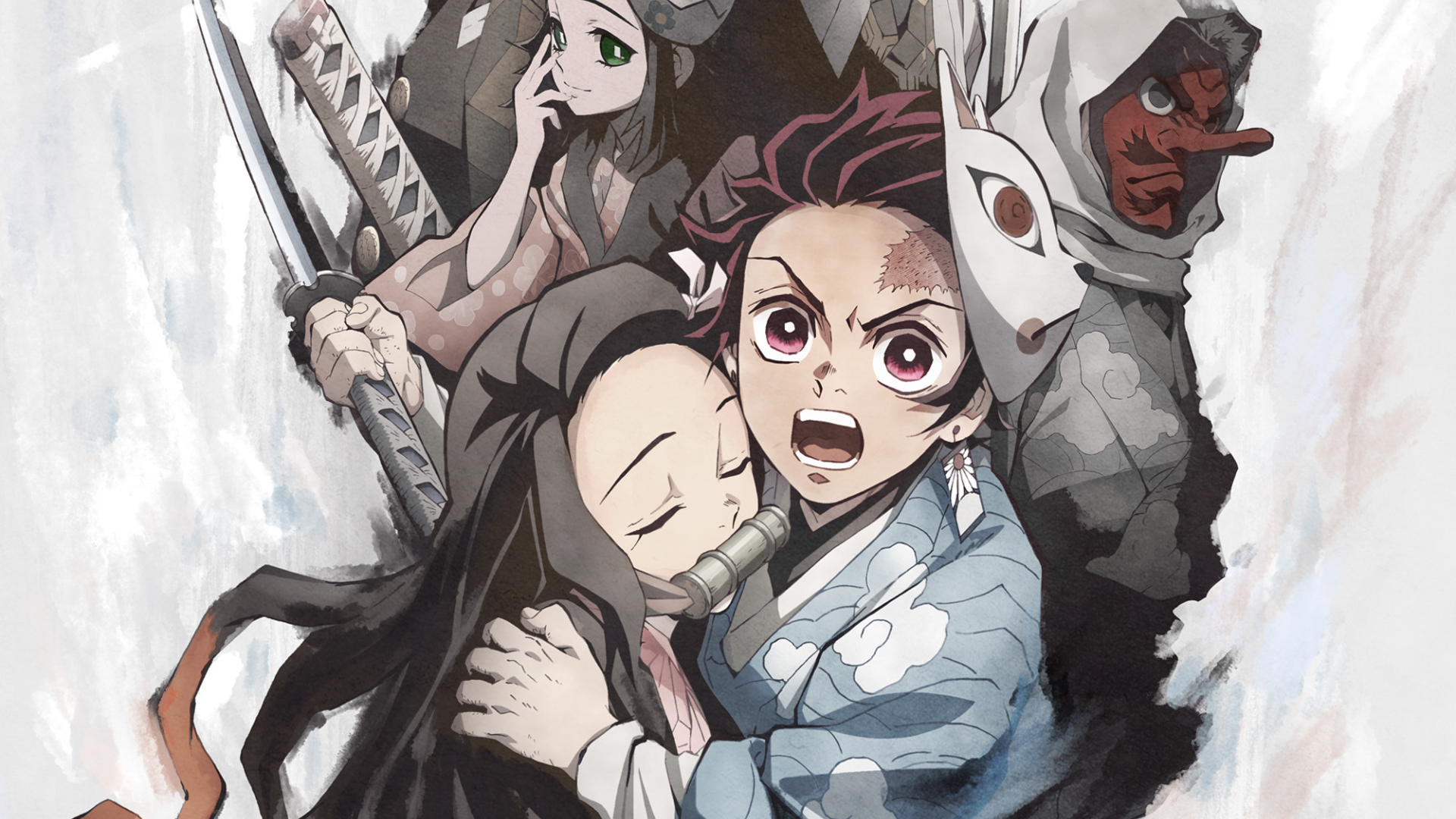
In comparison to Bleach, Demon Slayer has a more historical tone, but they both share a common theme: protagonists wielding swords against monstrous entities that were once human. In Bleach, these creatures are known as Hollows, which are corrupted human spirits, whereas in Demon Slayer, Muzan transforms humans into demons by giving them his own blood. Ichigo fights Hollows to safeguard both the human and spirit realms, while Tanjiro battles demons with the intention of saving his transformed sister and the entire human race.
In addition to this, the world of Bleach and Demon Slayer share a similar hierarchical structure with their strongest members holding positions like Captains and Hashira respectively. However, while the characters in Demon Slayer are more relatable and the series delves deeply into themes such as grief, trauma, and the mental toll of combat, both Bleach and Demon Slayer provide thrilling battles that carry a strong emotional impact if you’re looking for such experiences.
Rurouni Kenshin
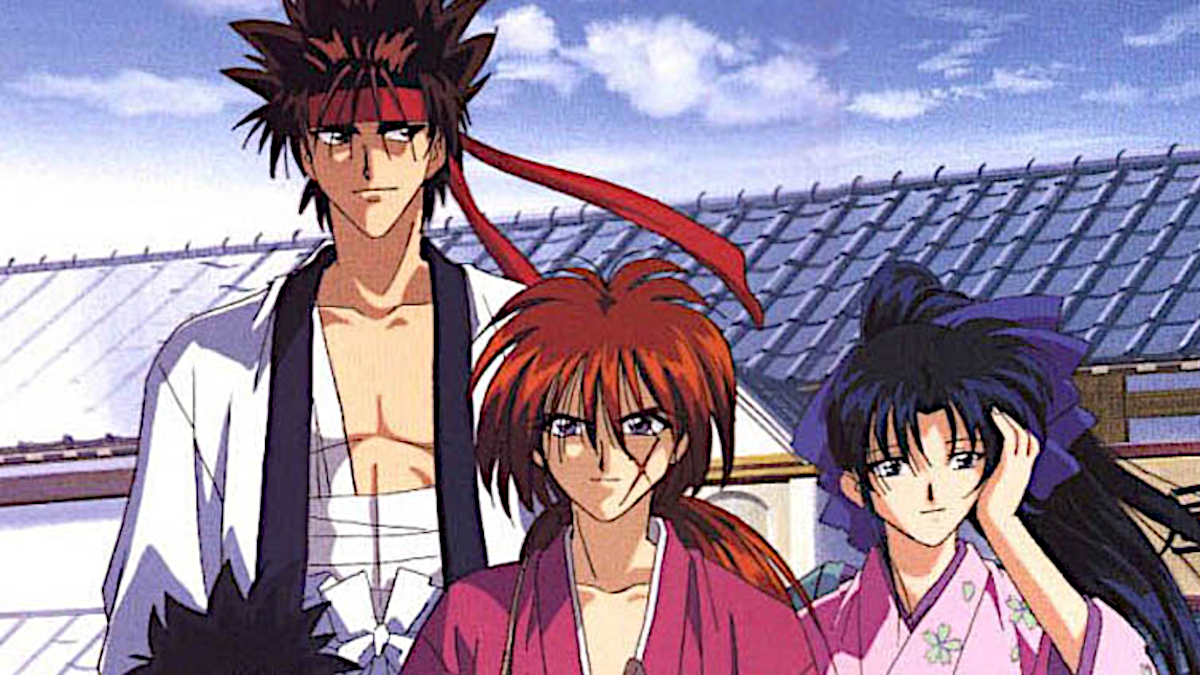
In contrast, while both Rurouni Kenshin and Bleach prominently showcase sword combat, Bleach introduces soul-severing zanpakutōs used by Shinigami (death gods) or souls. On the other hand, Ruroni Kenshin centers around the character of Kenshin, a former assassin who now roams to protect others without causing harm. Characters like Kaoru and Rukia share traits of strength and kindness, while Sanosuke and Renji initially clash but eventually bond as friends.
Compared to Rurouni Kenshin, Bleach offers a greater pace and visual flair. While Rurouni Kenshin remains grounded in the Meiji era of Japan, exploring the lives of those navigating this period of change, its governing body resembles Soul Society due to its immense power, imperfections, and hidden mysteries. Despite distinct settings and aesthetics, fans of Bleach are likely to discover aspects they admire in Rurouni Kenshin.
Inuyasha

In the anime titled “Inuyasha“, a teenage girl named Kagome tumbles into a well and unexpectedly lands in an ancient Japan. Here, she encounters the half-demon Inuyasha and embarks on a journey with him to gather the missing pieces of a mystical jewel. Similar to Ichigo in “Bleach“, Kagome finds herself navigating between two realms and has to adapt to battling alongside individuals who are often stronger, quirkier, and at times, more obstinate than her.
The two shows share common themes like intense battles, historical weaponry, and a continuous flow of emotions, as they revolve around characters who are struggling to safeguard their valued possessions while managing their personal issues. However, unlike Bleach, Inuyasha leans more towards the classic fantasy genre with a touch of softness and romantic undertones. It also includes tranquil, sentimental scenes amidst the action. Nevertheless, if you’re fond of powerful camaraderie and thrilling fights involving massive swords, it certainly satisfies that craving.
Shaman King

Both “Shaman King” and “Bleach” revolve around teenagers who find themselves in realms teeming with spirits and conflicts. In “Shaman King”, Yoh forms an alliance with a samurai specter named Amidamaru, striving to emerge victorious in a competition that could redefine the world. Similar to Ichigo in “Bleach”, Yoh is often underestimated but proves himself to be stronger than people think. He cherishes his friends and his resolve deepens as the story progresses. The 2021 Netflix adaptation, while divisive among some fans, offers a more accurate portrayal of the series compared to its nostalgic predecessor (available for free on Tubi). This makes it an appealing option for both newcomers and long-time enthusiasts alike.
In essence, both anime series, “Bleach” and “Shaman King”, exhibit striking similarities in their portrayal of the supernatural realm. Each series is populated with characters endowed with unique abilities stemming from their spiritual prowess. The distinctive powers in “Bleach” are innate to Shinigami, whereas in “Shaman King”, characters acquire special abilities by forming alliances with spirits, each bringing their own talents and histories to the partnership. This is what gives Yoh his exceptional Oversoul technique in “Shaman King”, a method that summons spirits into weapons – an attribute that strangely echoes the spiritual zanpakutōs of “Bleach”.
Noragami
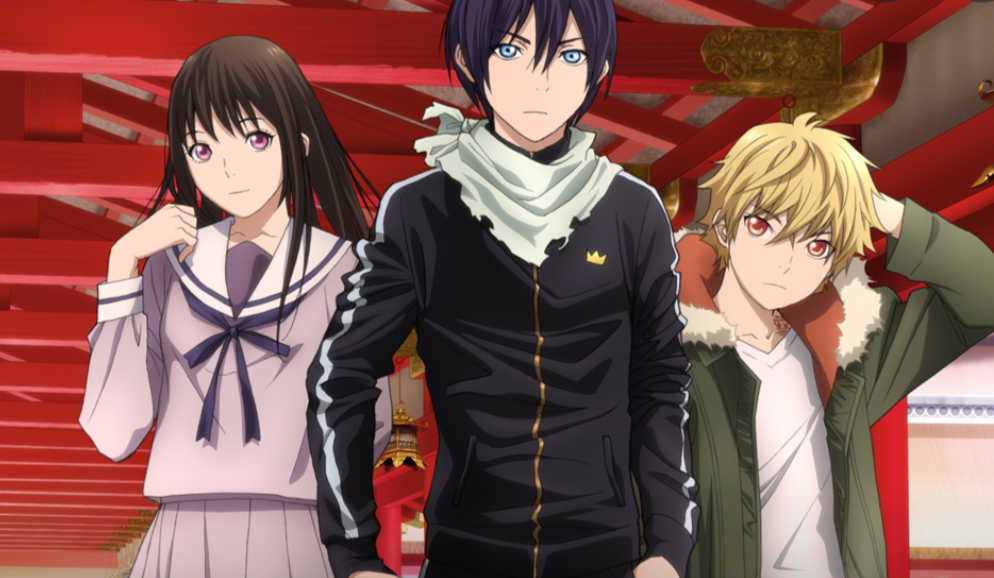
Both Noragami and Bleach feature protagonists who defend people from supernatural entities. In contrast to the Death Gods in Bleach, who have a structured society like Soul Society for support, Noragami‘s character Yato is a minor deity who works odd jobs and battles phantoms on his own, with limited assistance.
The two series share many similarities in terms of the type of action they present and their approach to the supernatural realm. However, whereas Bleach constructs its world with locations like Soul Society, Noragami roots itself in contemporary Japan, making its fantastical elements more relatable and familiar. If you appreciate characters developing amidst encounters with spirits and strong relationships, then Noragami offers a humorous yet profound narrative that you’ll find hard to resist.
Beelzebub
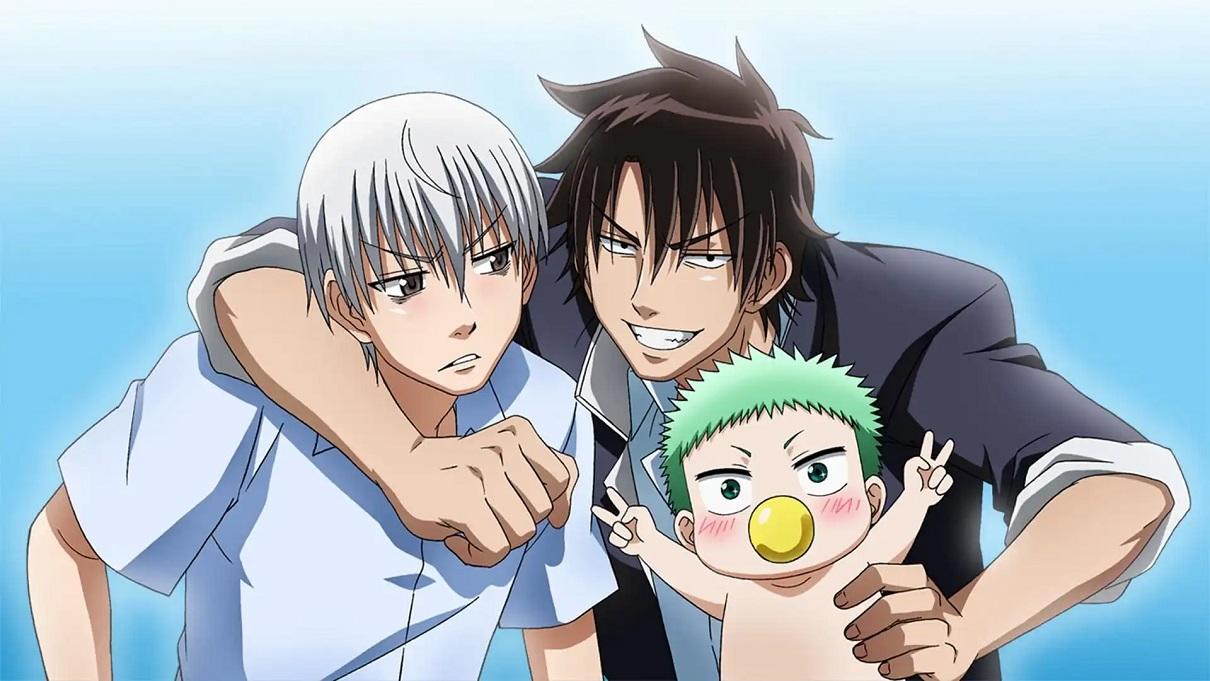
Tatsumi Oga, who appears to be an ordinary high schooler, finds himself in charge of the Demon Lord’s infant son. This unexpected role results in a series of humorous and wild encounters with demons. Similar to Ichigo Kurosaki from Bleach, Oga is thrust into a world he’s unacquainted with and must confront powerful adversaries armed with supernatural abilities.
Additionally, these two characters lead dual lives that encompass high school challenges and supernatural abilities. The manner in which Oga employs brute force for the well-being of others mirrors Ichigo’s raw combat style. Although both anime contain significant battles, Beelzebub frequently interjects humorous scenes to alleviate intensity. In summary, if you appreciate the action in Bleach but are seeking something with a lighter tone, Beelzebub could be an excellent choice.
D.Gray-man

In essence, the series “D.Gray-man” and “Bleach” share many similarities, particularly in their portrayal of battles against malevolent entities. In the world of “D.Gray-man,” Allen Walker serves as an exorcist, combating Akuma – sinister beings born from the Millennium Earl’s power. Similarly, Ichigo from “Bleach” grapples with his own challenges in dealing with his unique abilities and the duties that come along with them.
In contrast to Bleach, where characters make sacrifices is emphasized, D.Gray-man delves deeper into the impact of these sacrifices on the characters, frequently leading to poignant emotional scenes. Both series boast quick action sequences, but D.Gray-man carries a darker atmosphere. The stakes are significantly higher in this anime, and the characters endure greater loss and hardship throughout their journey. If you admire the emotional intensity and somber tones of Bleach, D.Gray-man provides a comparable experience with a stronger focus on loss and self-sacrifice.
Soul Eater
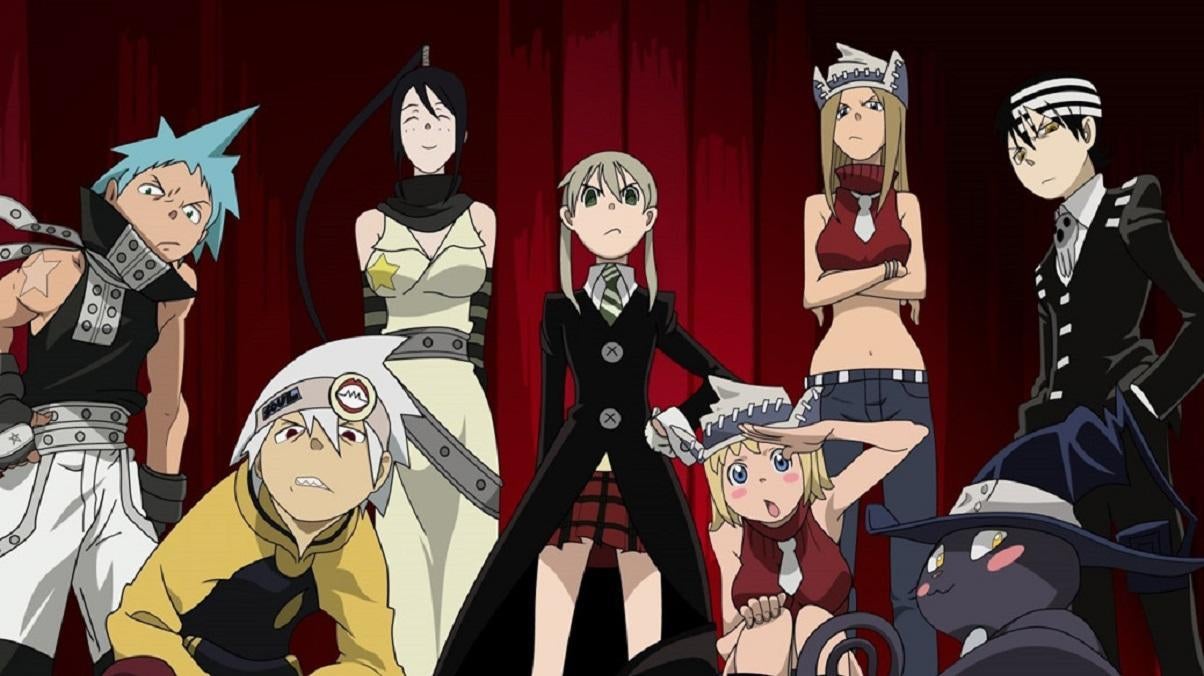
If you’re new to Soul Eater but enjoy Bleach, you might find that there are many similarities between the two shows. Both stories revolve around individuals who battle supernatural entities in order to maintain harmony between life and death. In Bleach, Ichigo is tasked with guiding souls to their final resting place while also fighting corrupt ones. On the other hand, Soul Eater focuses on students at the Death Weapon Meister Academy, where they are trained to prevent evil spirits known as Kishin Eggs from growing into full-blown monsters called Kishin by using weapons imbued with souls for power.
One key point of comparison lies in the weapons from ‘Soul Eater’ and the zanpakutōs from ‘Bleach’. In the realm of ‘Bleach’, Soul Reapers wield swords that possess their own spirits, assuming humanoid shapes within the Reaper’s consciousness. Conversely, ‘Soul Eater’ features weapons that are people who can transform into guns, swords, and scythes. The relationship between the combatant and their weapon is pivotal in both series, making ‘Soul Eater’ an essential watch for fans of ‘Bleach’.
Read More
- PI PREDICTION. PI cryptocurrency
- Gold Rate Forecast
- WCT PREDICTION. WCT cryptocurrency
- LPT PREDICTION. LPT cryptocurrency
- Guide: 18 PS5, PS4 Games You Should Buy in PS Store’s Extended Play Sale
- Shrek Fans Have Mixed Feelings About New Shrek 5 Character Designs (And There’s A Good Reason)
- SOL PREDICTION. SOL cryptocurrency
- FANTASY LIFE i: The Girl Who Steals Time digital pre-orders now available for PS5, PS4, Xbox Series, and PC
- Playmates’ Power Rangers Toyline Teaser Reveals First Lineup of Figures
- Despite Bitcoin’s $64K surprise, some major concerns persist
2025-04-22 04:11